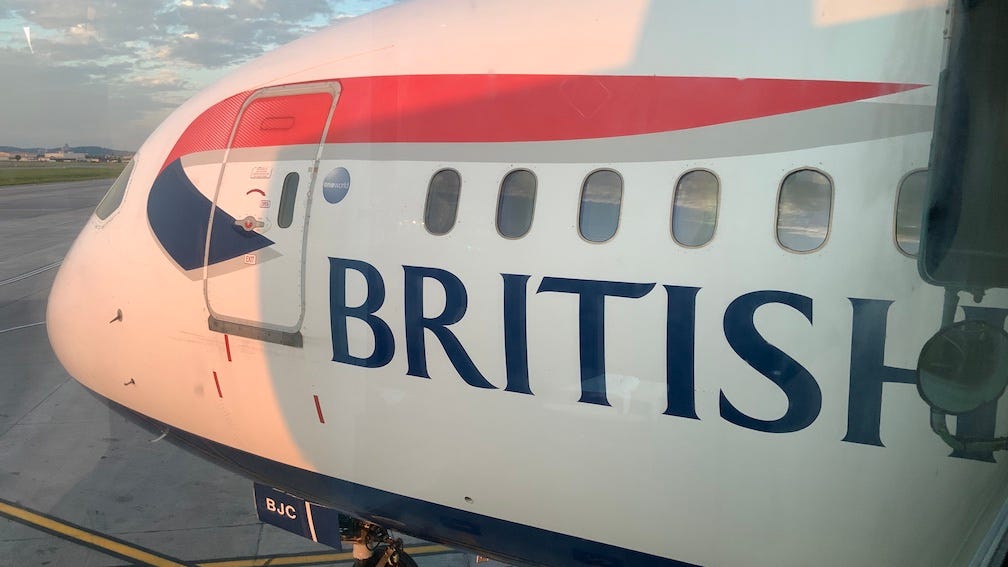Airline Tickets Should Become NFTs
As technology changes & ticketing stays the same, NFTs could be the perfect ticketing platform for the 2020s & beyond
Non-fungible tokens (NFTs) make big money and big headlines. British newspaper The Economist auctioned one of their covers as an NFT and raised nearly $422,000 (£345,000) for charity.
A group of artists behind the Drunken Pandas project created 3,000 cute and cuddly panda NFTs and sold them each for 0.088 Ethereum, a cryptocurrency, which would be worth …



